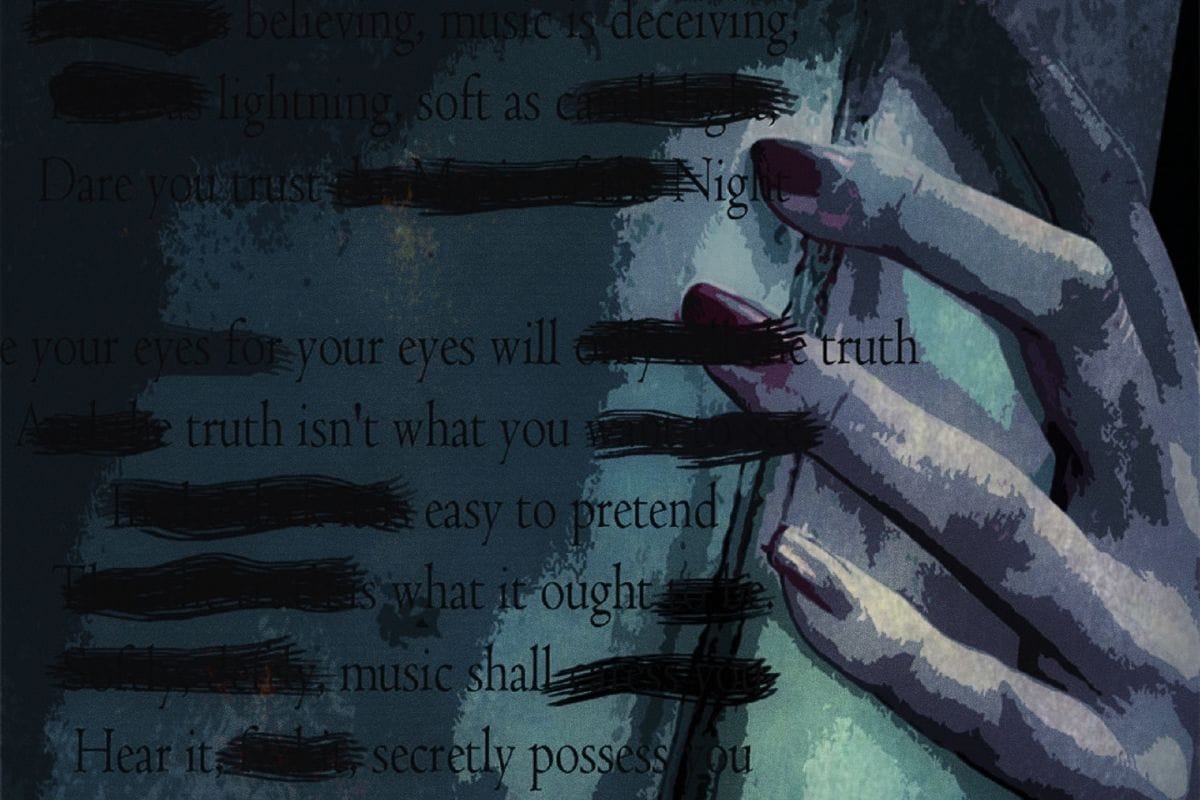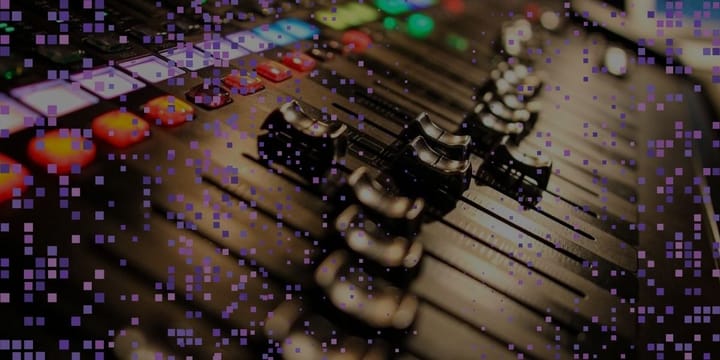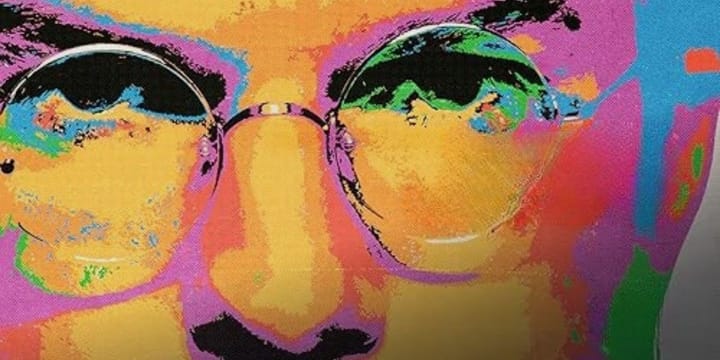How Long Will We Swallow the Lie?
The myths we cling to now are manufactured in boardrooms and back rooms, polished for our consumption, meant to distract, to pacify, to give us something to hope for, or rage against, or buy.

How long do we let ourselves be taken in?
How many years, how many heartbreaks, how many revolutions, quiet or televised, before we admit it: so much of what we believe is not truth, but theater.
We were raised on stories, some harmless, some venomous.
The myths we cling to now are manufactured in boardrooms and back rooms, polished for our consumption, meant to distract, to pacify, to give us something to hope for, or rage against, or buy.
It happens everywhere. In politics, in entertainment, in every industry that trades on dreams or identity or the illusion of belonging. I’ve seen it up close: the stories spun in the music business are just a mirror held up to the wider world. The same old hands pulling the same old strings. Everyone wants a hero, or a villain, or a love story to sell, and we, hungry for meaning, keep buying what they’re selling.
But how long can we keep playing along? How long before we ask for the truth, all of it—ugly, complicated, inconvenient as it is?
There comes a point where fantasy curdles into delusion, and delusion into something worse.
There comes a time when the only act of rebellion left is to stop believing. To stand in the middle of the noise and say: Enough. I want the story as it is, not as you wish it were. No more manufactured hope, no more chorus of empty promises.
Truth, even if it burns everything down. Truth, even if it leaves us standing alone in the wreckage.
And maybe that’s what we’re living through now: the moment when the glass finally shatters. Illusions crack, stories collapse under their own weight, and what’s left—sharp, glittering, painful as it is—is the truth. Maybe it’s time to stop mourning the old myths and start celebrating the fragments left.
We need the mess, the exposed edges, the uncomfortable clarity. Only then do we have a chance to see things as they really are and begin again.



